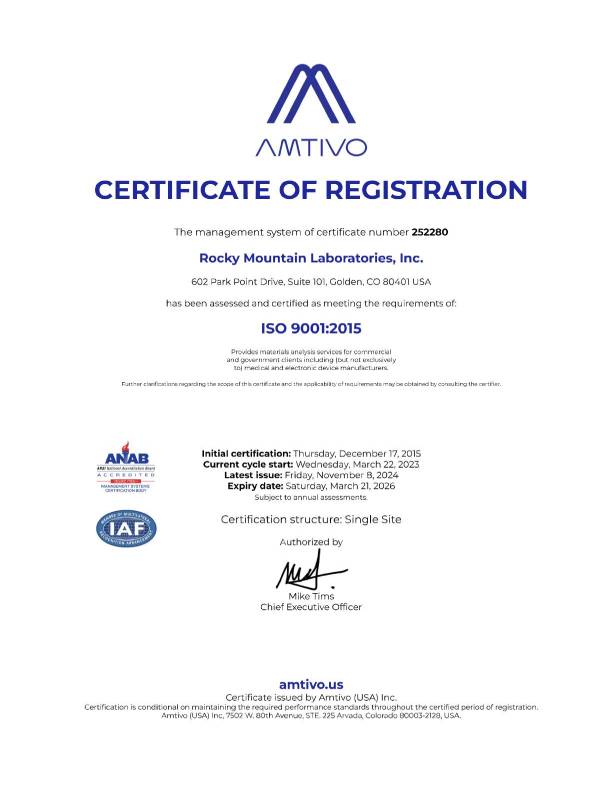Fourier Transform Infrared (FTIR) spectroscopy is a critical analytical tool for characterizing coatings across a wide range of industries, including automotive, aerospace, construction, packaging, and electronics. Coatings, whether protective, decorative, or functional, often consist of complex mixtures of polymers, pigments, additives, and curing agents. FTIR offers a rapid, non-destructive, and highly sensitive method for identifying chemical structures, verifying composition, and assessing performance-related changes in coating materials.
Why FTIR for Coating Analysis?
Coatings are composed of organic and inorganic components with functional groups such as esters, urethanes, epoxies, hydroxyls, and carboxylic acids. FTIR can detect these chemical bonds by measuring their characteristic infrared absorption bands, enabling identification and quantification of individual components. Whether analyzing a freshly applied layer or investigating a failed coating, FTIR provides comprehensive molecular-level information.
Applications of FTIR in Coating Technology
FTIR spectroscopy is widely used throughout the life cycle of coating materials:
- Formulation Development: Verify chemical composition and ensure that raw materials match desired specifications.
- Curing Studies: Monitor chemical changes during polymerization or cross-linking, especially in UV-curable, epoxy, or powder coatings.
- Degradation Analysis: Identify oxidation, hydrolysis, or UV-induced changes in weathered coatings.
- Failure Investigation: Determine the root cause of coating failure, such as contamination, incomplete curing, or improper surface adhesion.
- Layer Analysis: Study multilayer coatings to examine individual layer chemistry or interfacial bonding.
Sampling Techniques for Coating Analysis
Sampling methods vary depending on the coating type and substrate:
- ATR-FTIR (Attenuated Total Reflectance): The most common method for surface coatings. It requires minimal sample preparation and provides precise surface-level data.
- Micro-FTIR or FTIR Microscopy: Used to examine small areas, such as cross-sections or defect sites.
- Transmission FTIR: Applicable when the coating can be removed and cast as a thin film or spread between IR-transparent windows.
Must avoid contamination and preserve surface integrity. In multilayer systems, precise sectioning may be needed to isolate specific layers.
FTIR for Quality Control and Process Monitoring
FTIR is a standard tool for quality assurance in coating production. It ensures that each batch matches reference spectra and detects any anomalies in formulation or processing. Inline FTIR systems can also be integrated for real-time monitoring during application or curing processes.
FTIR spectroscopy provides a detailed understanding of the chemical composition and behavior of coatings at every stage—from formulation and application to performance and failure. Its non-destructive nature, combined with speed and precision, makes it essential for manufacturers, formulators, and researchers aiming to optimize coatings for durability, aesthetics, and functionality. As coating technologies evolve, FTIR remains a cornerstone of materials analysis and quality assurance.



